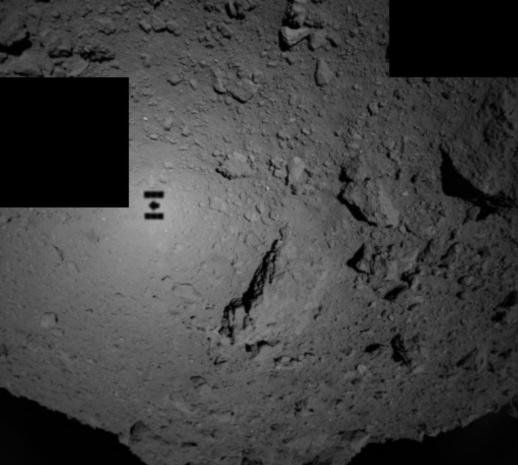
Breaking News
 GARLAND FAVORITO: More and more fraud from the 2020 election in Fulton County, Georgia...
GARLAND FAVORITO: More and more fraud from the 2020 election in Fulton County, Georgia...
 Rep. Matt Gaetz tells Tucker Carlson that agents of the Israeli govt tried to blackmail his...
Rep. Matt Gaetz tells Tucker Carlson that agents of the Israeli govt tried to blackmail his...
 Trump: We need Greenland for national security… you have Russian and Chinese ships all over...
Trump: We need Greenland for national security… you have Russian and Chinese ships all over...
 1,000 US pastors travel to train as 'ambassadors' for Israel
1,000 US pastors travel to train as 'ambassadors' for Israel
Top Tech News
 Perfect Aircrete, Kitchen Ingredients.
Perfect Aircrete, Kitchen Ingredients.
 Futuristic pixel-raising display lets you feel what's onscreen
Futuristic pixel-raising display lets you feel what's onscreen
 Cutting-Edge Facility Generates Pure Water and Hydrogen Fuel from Seawater for Mere Pennies
Cutting-Edge Facility Generates Pure Water and Hydrogen Fuel from Seawater for Mere Pennies
 This tiny dev board is packed with features for ambitious makers
This tiny dev board is packed with features for ambitious makers
 Scientists Discover Gel to Regrow Tooth Enamel
Scientists Discover Gel to Regrow Tooth Enamel
 Vitamin C and Dandelion Root Killing Cancer Cells -- as Former CDC Director Calls for COVID-19...
Vitamin C and Dandelion Root Killing Cancer Cells -- as Former CDC Director Calls for COVID-19...
 Galactic Brain: US firm plans space-based data centers, power grid to challenge China
Galactic Brain: US firm plans space-based data centers, power grid to challenge China
 A microbial cleanup for glyphosate just earned a patent. Here's why that matters
A microbial cleanup for glyphosate just earned a patent. Here's why that matters
 Japan Breaks Internet Speed Record with 5 Million Times Faster Data Transfer
Japan Breaks Internet Speed Record with 5 Million Times Faster Data Transfer
Hayabusa2 Braces for a Rocky Landing on Asteroid Ryugu

After narrowing down the possible landing sites for Hayabusa2, mission scientists performed a sampling rehearsal on Wednesday (Oct. 24) at 10:47 p.m. EST (0247 GMT on Oct. 25), and the mission is "ramping up the steps toward a successful touchdown," Masaki Fujimoto of the Japan Aerospace Exploration Agency (JAXA) said at a news conference here at the 50th meeting of the American Astronomical Society's Division for Planetary Sciences (DPS).
At that time, the spacecraft descended to an altitude of 7.5 miles (12 kilometers) above the asteroid's surface and deployed a small target marker at the landing site, Fujimoto said. The spacecraft will go all the way down to the surface to retrieve a sample no earlier than January 2019, and that sample will land in Australia in 2020.

 Advanced Propulsion Resources Part 1 of 2
Advanced Propulsion Resources Part 1 of 2

